 Back to the Be Inspired Blog
Back to the Be Inspired Blog
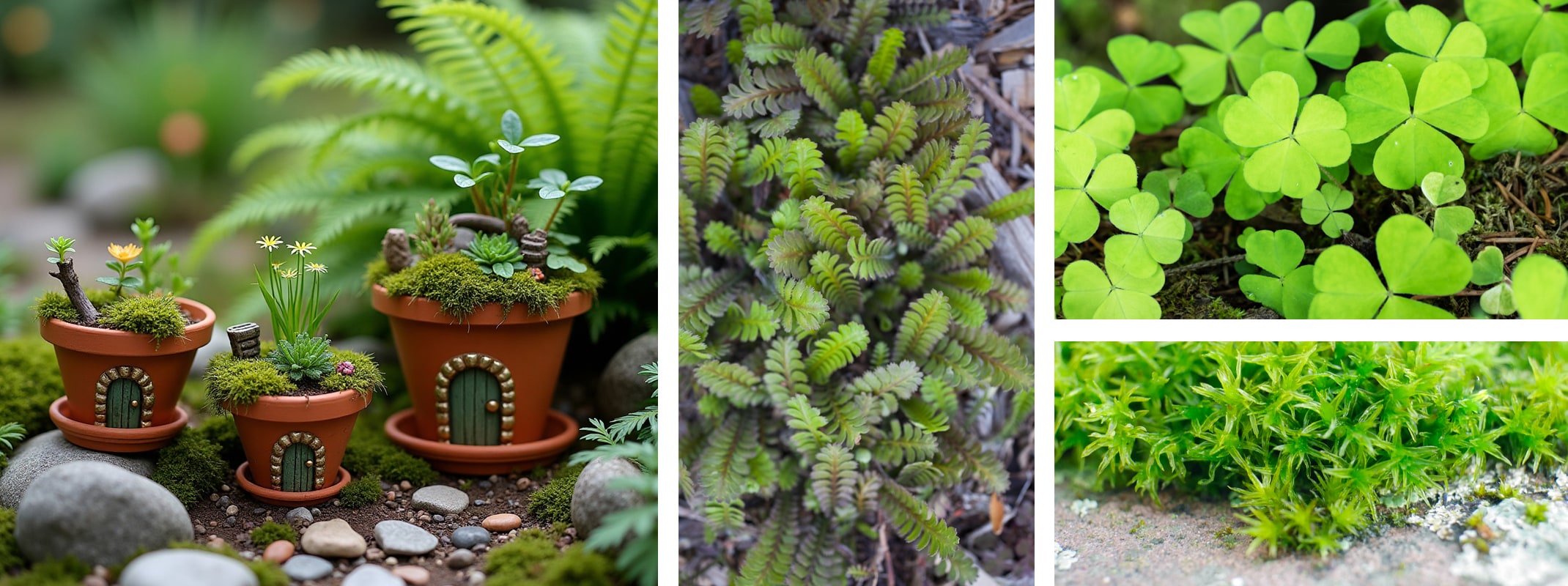
Create a Leprechaun Garden: A Whimsical St. Patrick’s Day Project
How to Create a Leprechaun Garden: A Magical St. Patrick’s Day Project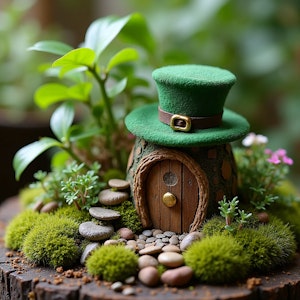
St. Patrick’s Day is all about shamrocks, pots of gold, and mischievous leprechauns—but have you ever thought about creating a Leprechaun Garden? Whether you’re looking for a fun project with the kids or just want to add a touch of whimsy to your space, a leprechaun garden is a perfect way to celebrate! Plus, it’s a great excuse to bring more greenery into your home or yard.
By using plants like shamrocks, moss, and tiny ferns, you can craft a magical mini landscape that feels straight out of Irish folklore. And, if you’re feeling adventurous, why not set up a tiny leprechaun trap to see if you can catch one of these mischievous creatures? Follow this simple guide to create a leprechaun garden that’s as fun to make as it is to admire.
Step 1: Choose Your Leprechaun Garden Location
Leprechauns are small and sneaky, so they love hidden, magical spots. Your garden can be as simple or elaborate as you like! Here are a few ideas to get you started:
- A container garden on your porch or patio, filled with lush greenery
- A cozy corner in your backyard where the magic can happen
- A miniature fairy garden-style setup in a raised bed
Step 2: Pick Your Lucky Plants
No leprechaun garden is complete without plenty of vibrant greenery! Here are some lucky plants that thrive in the Bay Area and add a bit of charm:
1. Shamrocks (Oxalis spp.)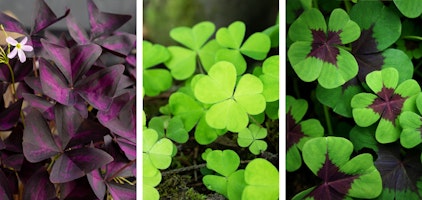
You can’t go wrong with the classic St. Patrick’s Day symbol! Shamrocks grow well in pots and bring a lucky touch to any garden. Oxalis is available in multiple varieties and colors.
2. Ground Covers
Any these ground covers are perfect for leprechaun hideouts!
- Irish Moss (Sagina subulate) – A soft, bright green ground cover looks just like a tiny meadow
- Creeping Thyme (Thymus serpyllum) – A fragrant, drought-tolerant option that produces tiny pink or purple flowers in summer. Great for stepping stones and pathways.
- Brass Buttons (Leptinella squalida) – A dense, mat-forming ground cover with fern-like foliage that turns bronze in cooler seasons.
- Creeping Jenny (Lysimachia nummularia) – Offers a cascading effect with bright green to golden leaves, perfect for moisture-rich areas.
- Dichondra (repens) – A soft-textured, lush green ground cover with small, rounded leaves, ideal for shady or partially sunny areas.
- Baby’s Tears (Soleirolia soleirolii) – Delicate, bright green foliage that spreads easily in moist, shaded environments.
- Creeping Mazus (Mazus reptans) – A durable, fast-spreading ground cover with tiny, colorful purple or blue flowers.
- Creeping Speedwell (Veronica repens) – A versatile ground cover with tiny, glossy leaves and occasional blue or white flowers.
- Blue Star Creeper (Pratia pedunculata) – Low-maintenance and produces small blue flowers in the warmer months, perfect for in-between stepping stones.
3. Ferns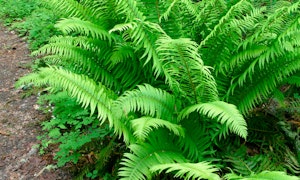
Leprechauns like shady, hidden spots, and ferns create the perfect secret hideaway. Great choices for the Bay Area include Western Sword Fern and Autumn Fern.
4. Miniature Evergreens (Dwarf Conifers)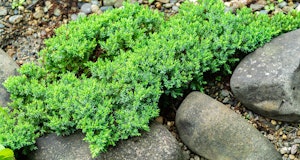
Want to create a tiny enchanted forest? Add Dwarf Alberta Spruce or Japanese Garden Juniper for some vertical greenery.
5. Magical Herbs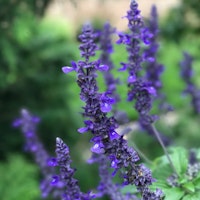
- Thyme – This low-growing herb looks like a fairy-tale carpet.
- Mint – Not only does it smell amazing, but fresh mint is perfect for St. Patrick’s Day drinks!
- Lavender – A pop of purple and a scent that attracts pollinators (and maybe leprechauns!).
Step 3: Add a Leprechaun Trap or Fun Accessories
What’s a leprechaun garden without a little mischief? Add some creative elements to make it extra magical.
Go on a Nature Hunt for the Perfect Accessories!
Take a stroll through your neighborhood or a local park—not only will you find fantastic natural elements, but you’ll also get a little fresh air and exercise!
A mini pot of “gold” – Fill a tiny planter with gold-painted pebbles or shiny glass gems.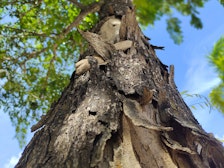
Tiny fairy doors and trees – Place small wooden doors at the base of plants to make it look like a hidden leprechaun home.
- Wood bark – Makes a great rustic door for a fairy home.
- Pinecones – Use as mini trees or decorative accents.
A DIY Leprechaun Trap – Set up an overturned flowerpot or small box with a stick to “catch” a leprechaun (but let’s be real, they’re tricky to trap!).
A pebble path or bridge – Use small stones or twigs to create pathways for your little visitors.
- Pebbles and small stones – Perfect for creating pathways or stepping-stone trails.

- Twigs and dried leaves – Use for ladders, fences, or tiny furniture pieces.
Encourage kids (or yourself!) to get creative with what you find, and bring a little natural magic into your leprechaun garden!
Step 4: Care for Your Leprechaun Garden
Want to keep your magical garden looking lush? Here are a few simple care tips:
- Water regularly – Moss, ferns, and shamrocks love moisture, so keep the soil evenly damp.
- Use well-draining soil – A mix designed for container plants or shade gardens works best.
- Find the right spot – Moss and ferns thrive in shade, while shamrocks and herbs prefer partial sun.
Bring Some Magic to Your Garden!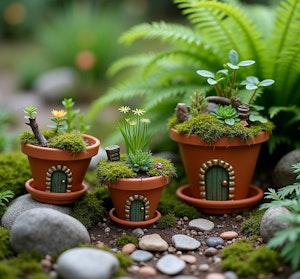
Creating a Leprechaun Garden is a fun way to get into the St. Patrick’s Day spirit while adding fresh greenery to your home. Whether you go big with a backyard setup or keep it small with a container garden, it’s a charming project for all ages.
Check out this cute leprechaun garden on social: Instagram

